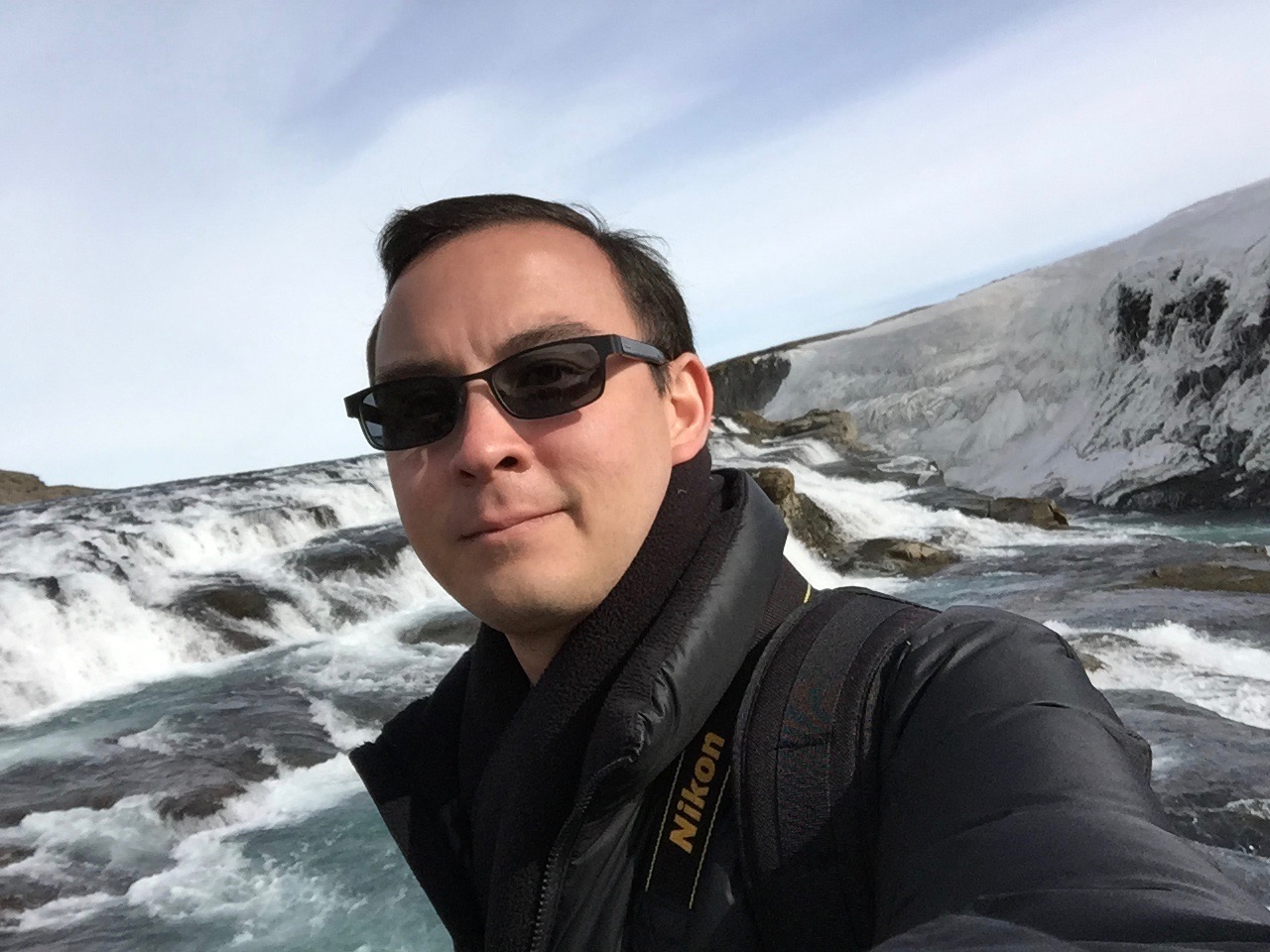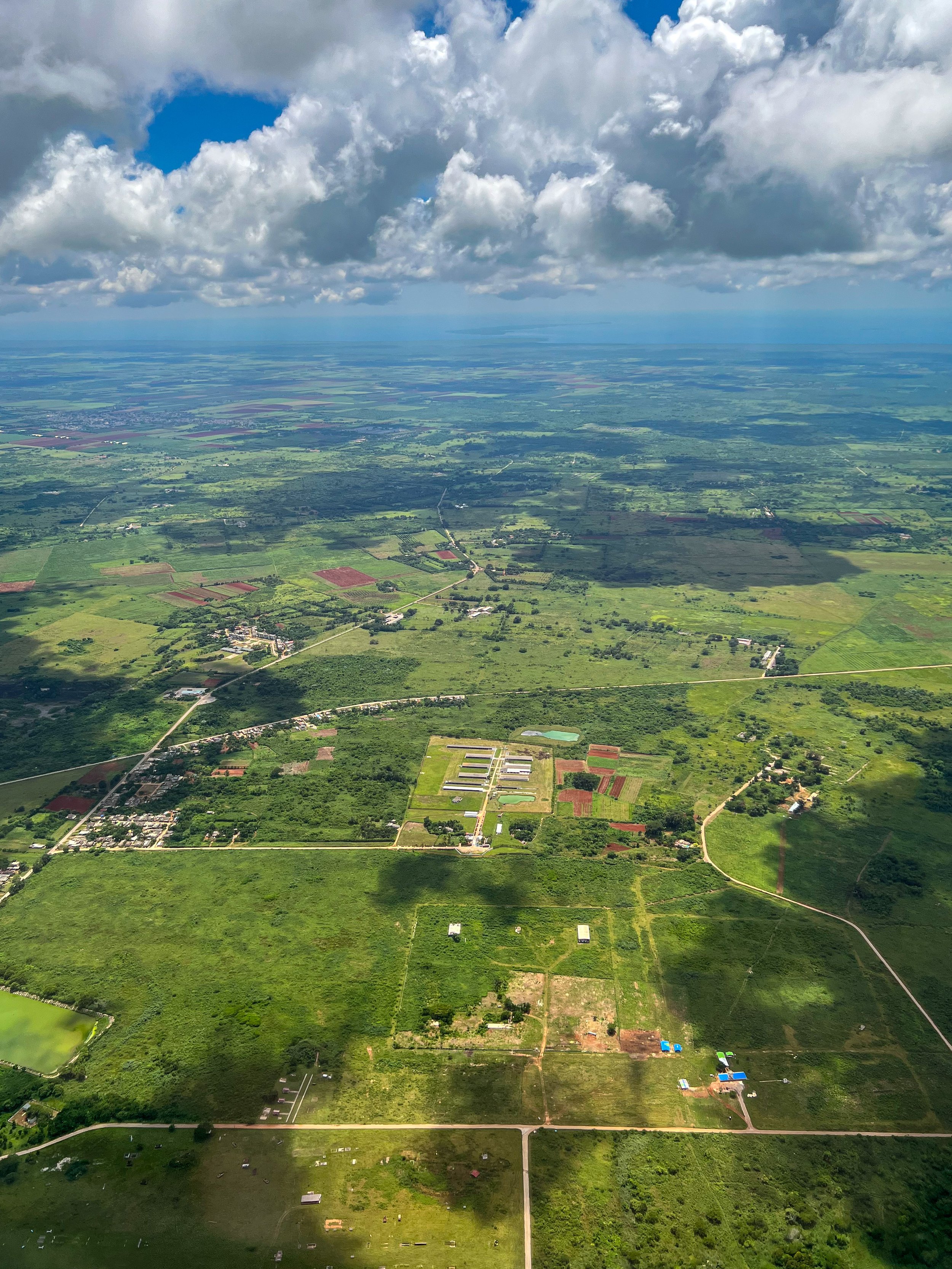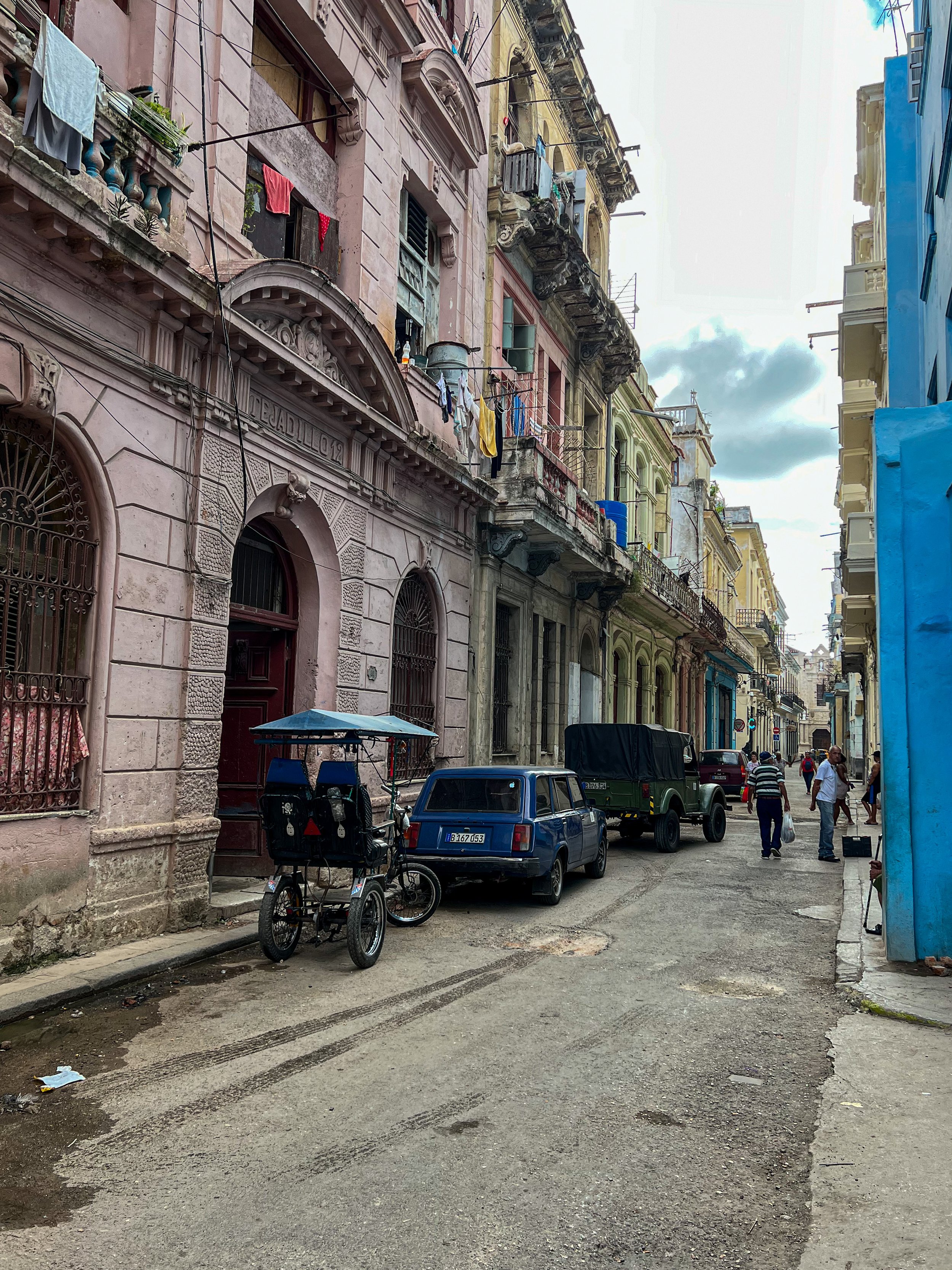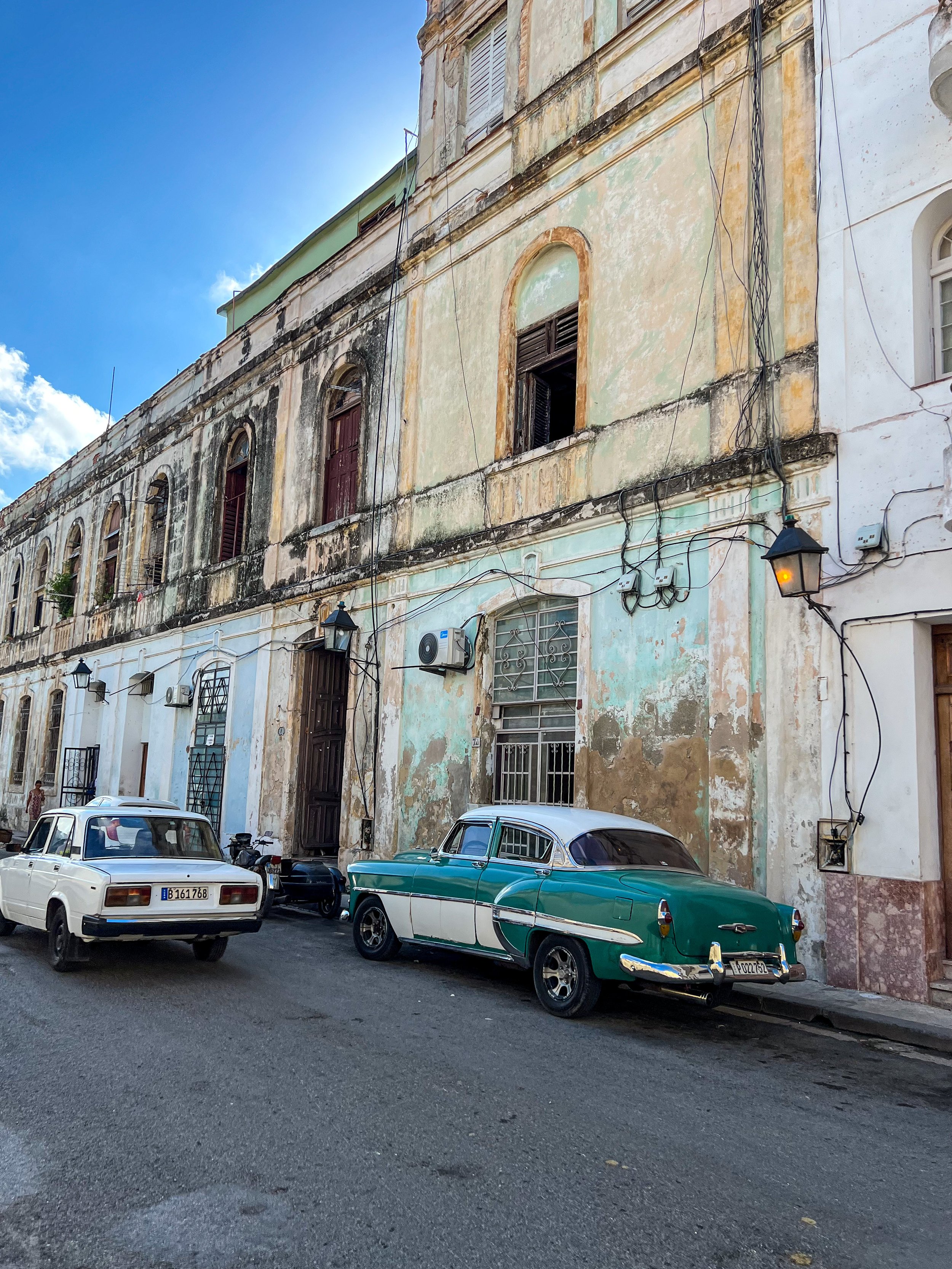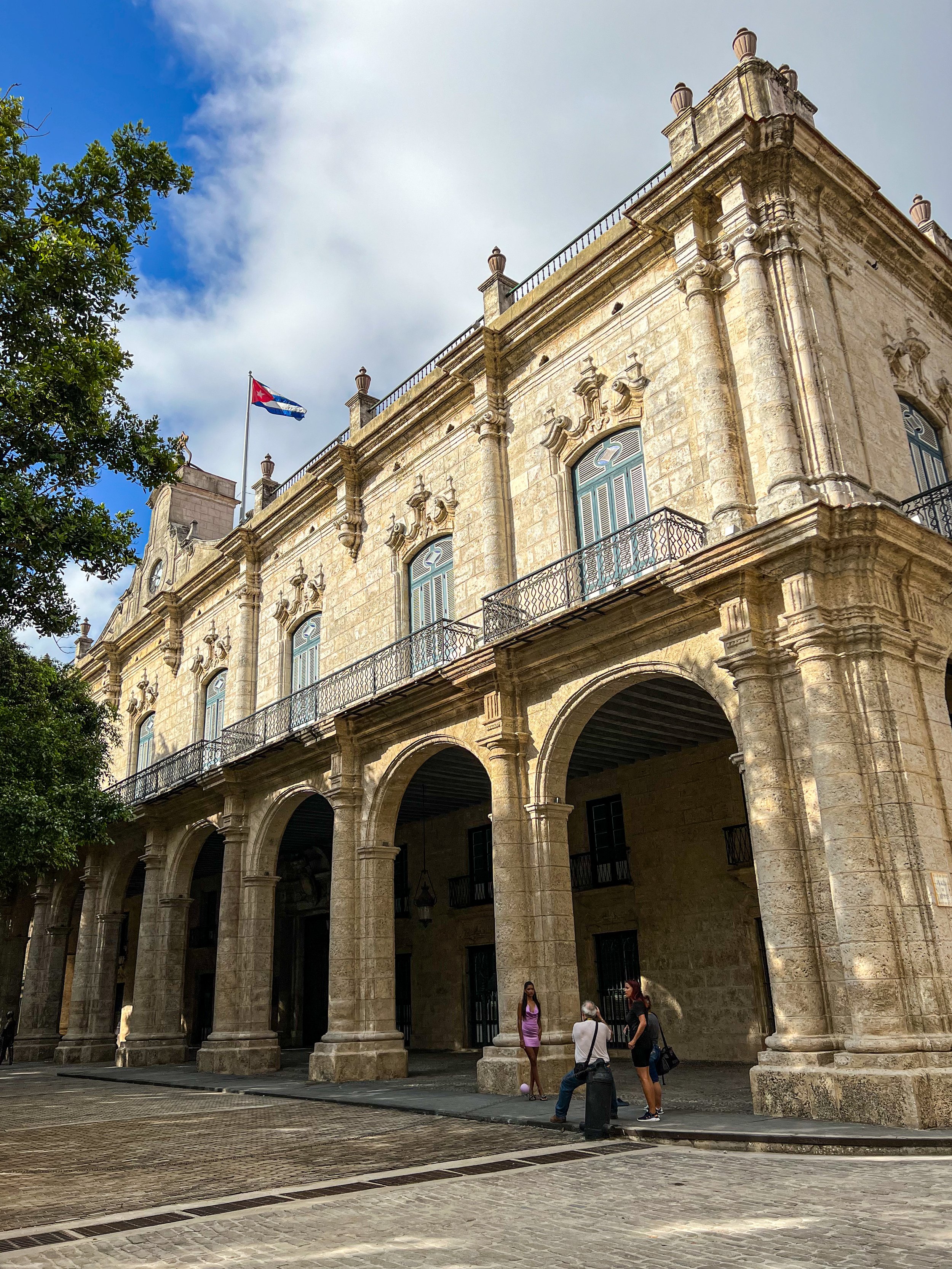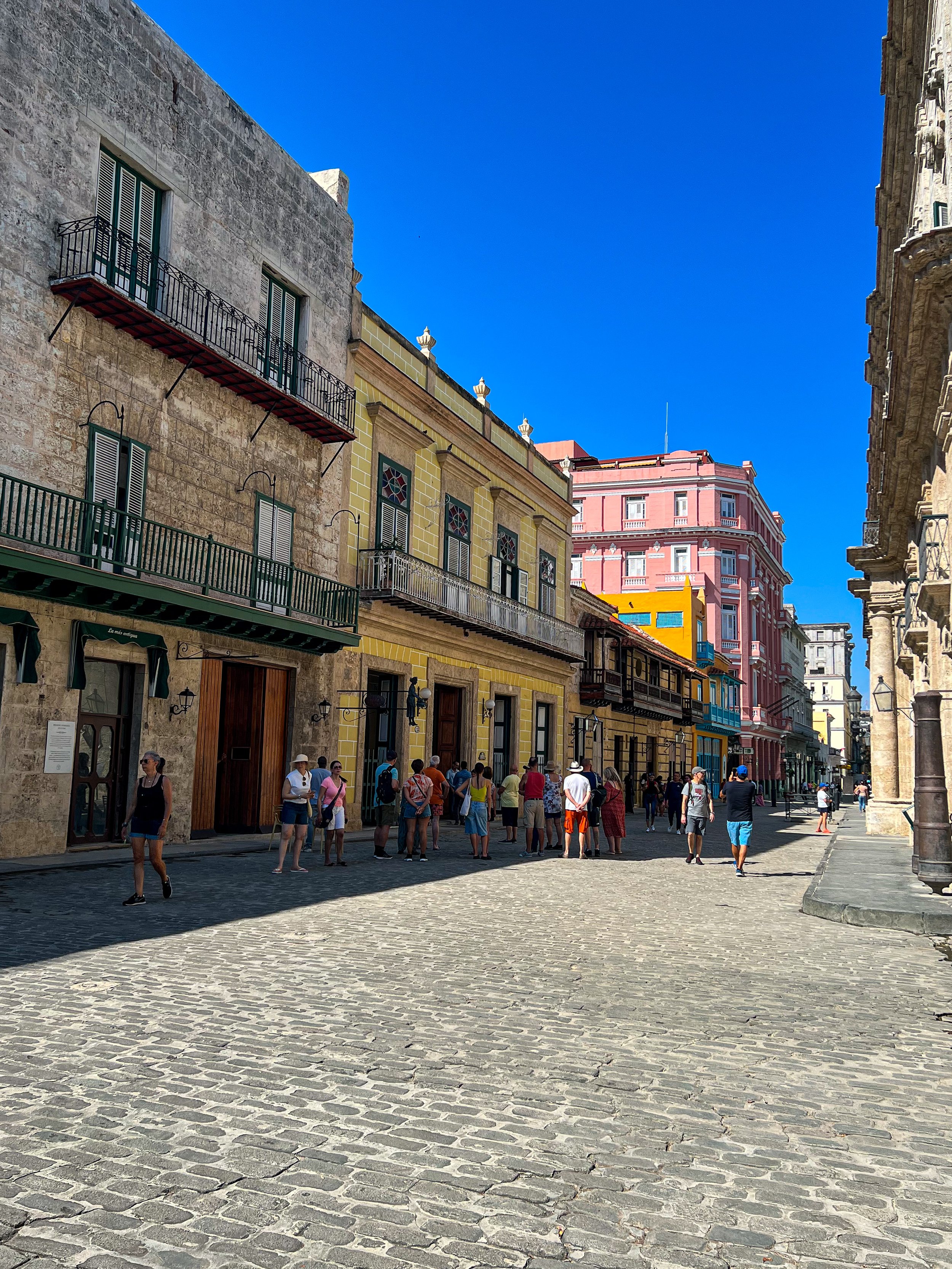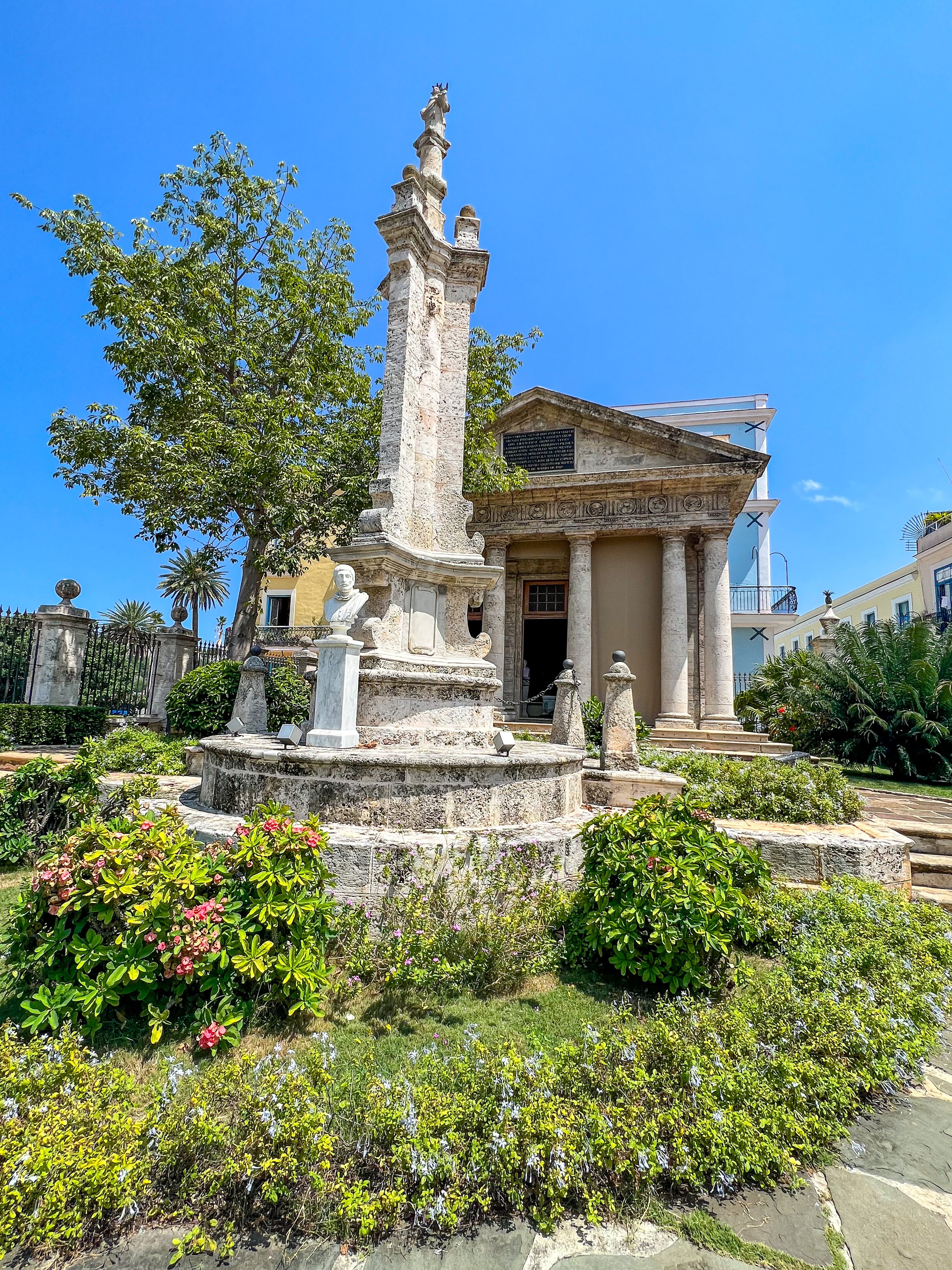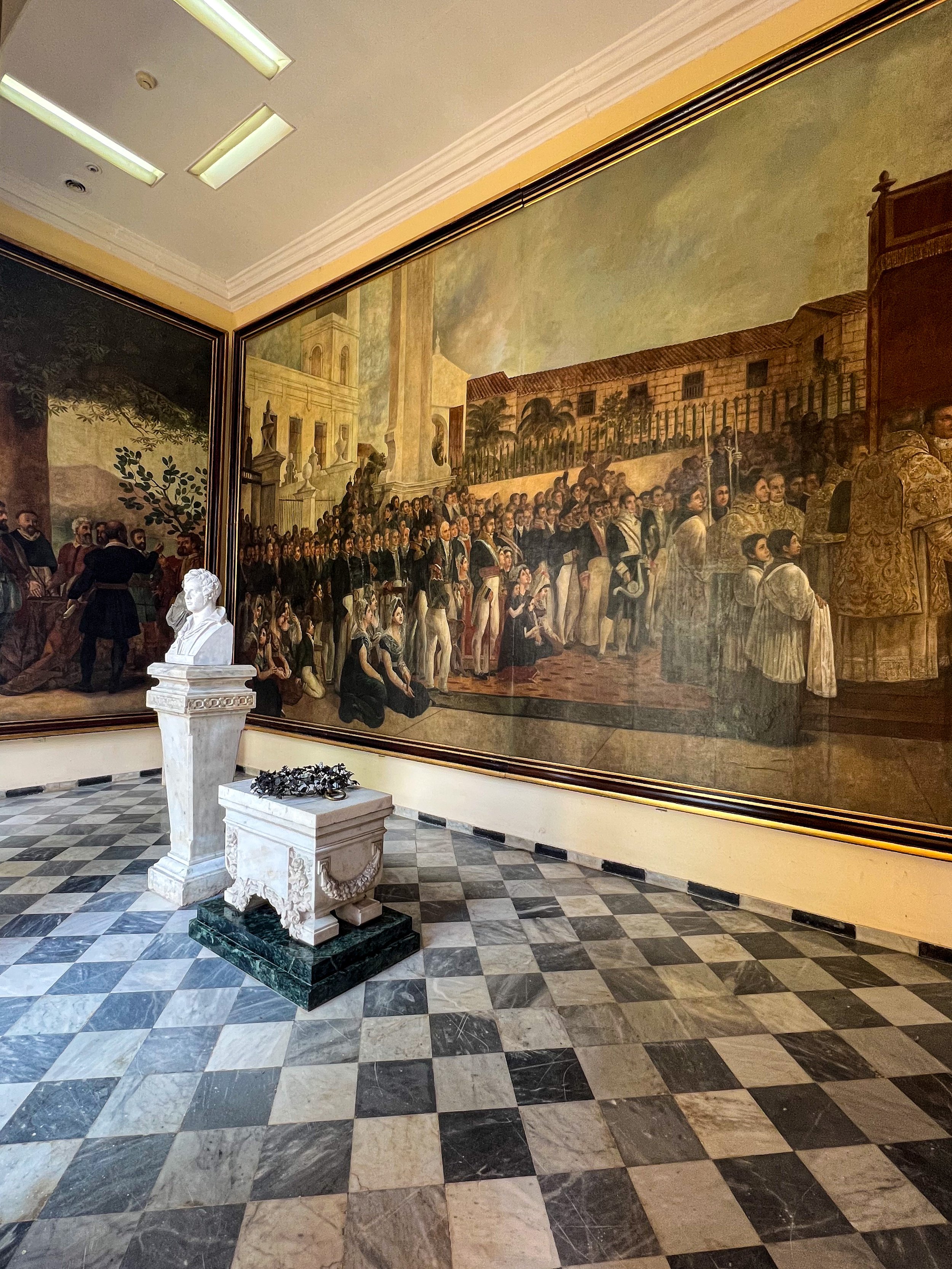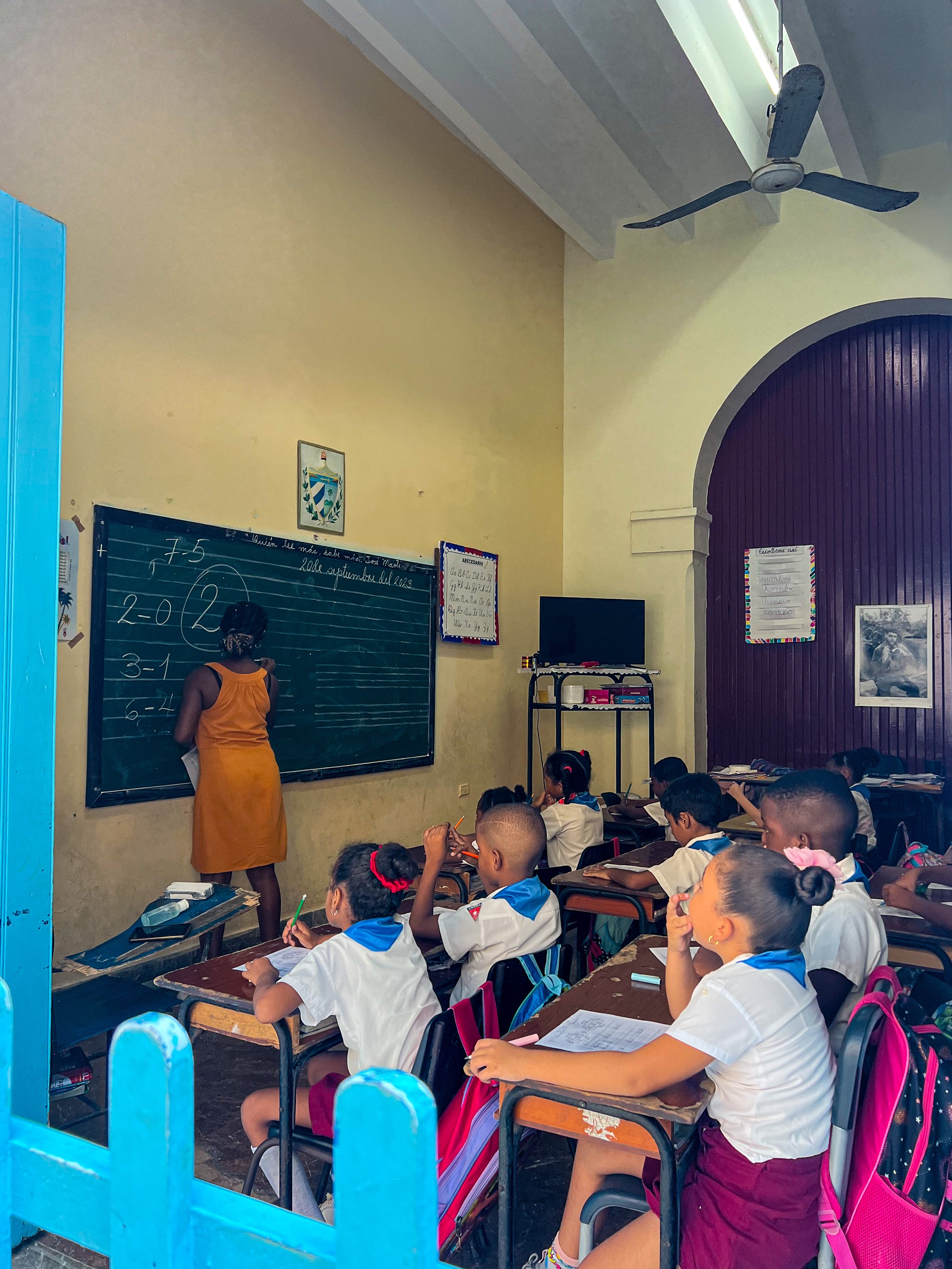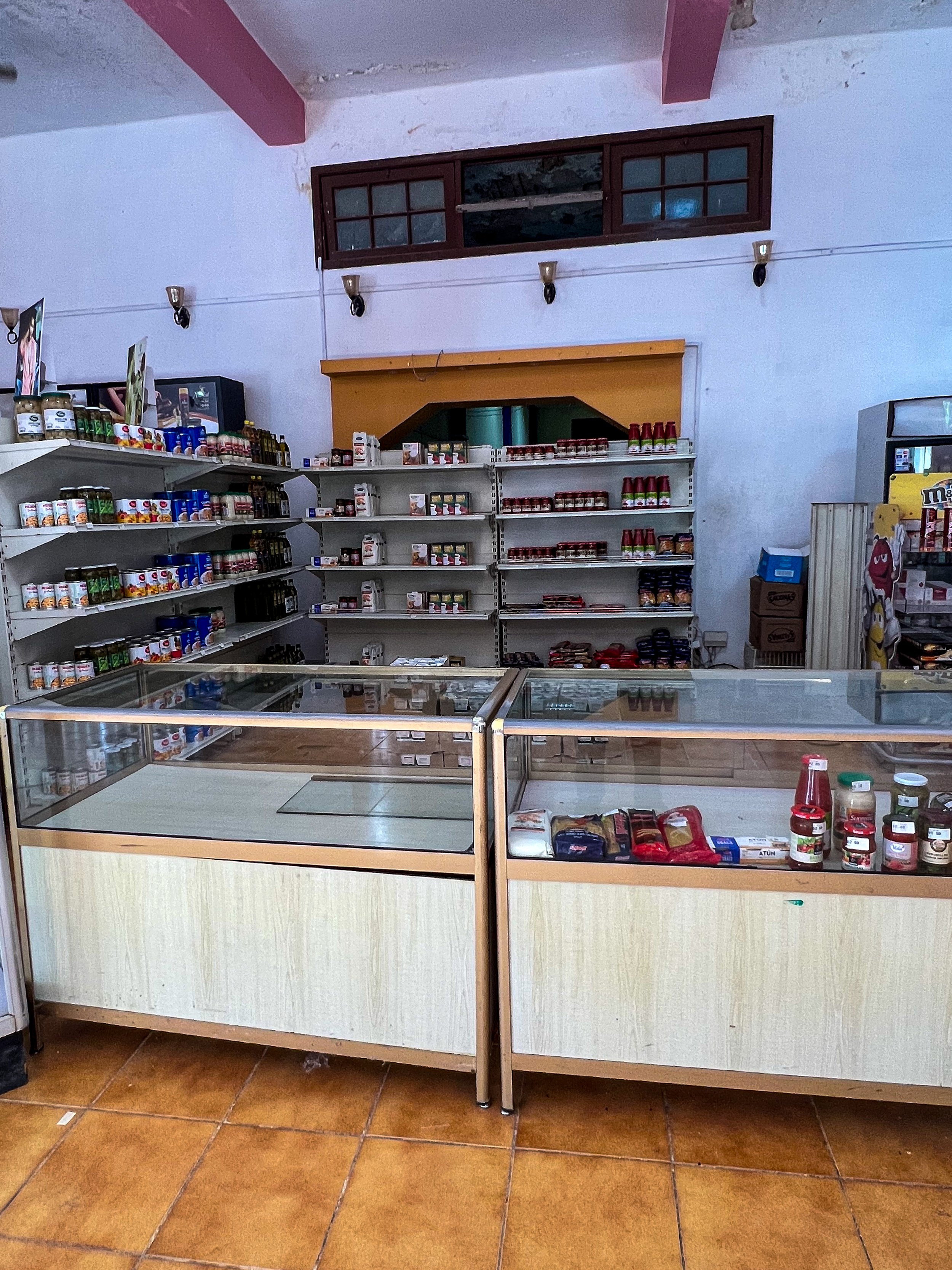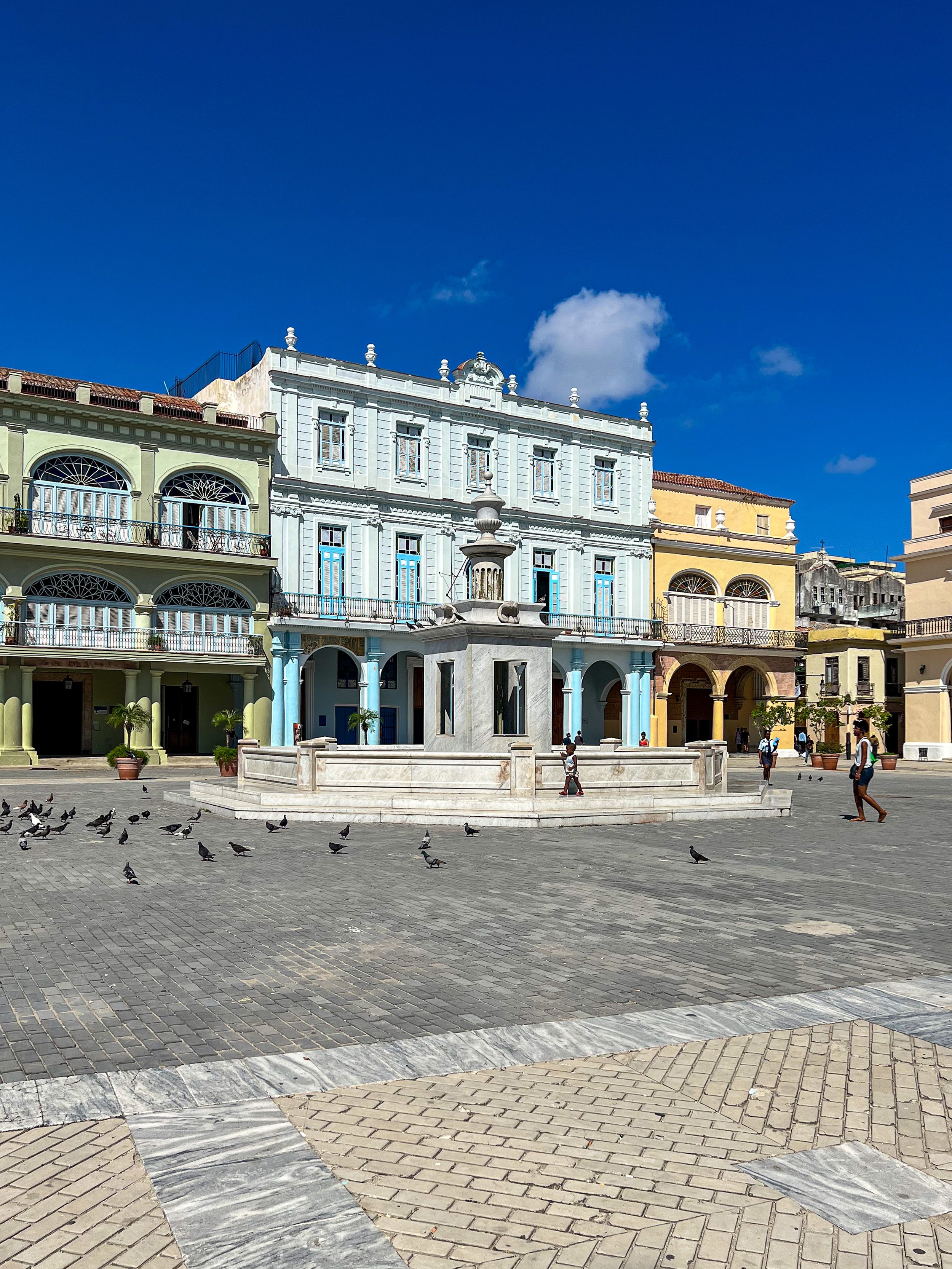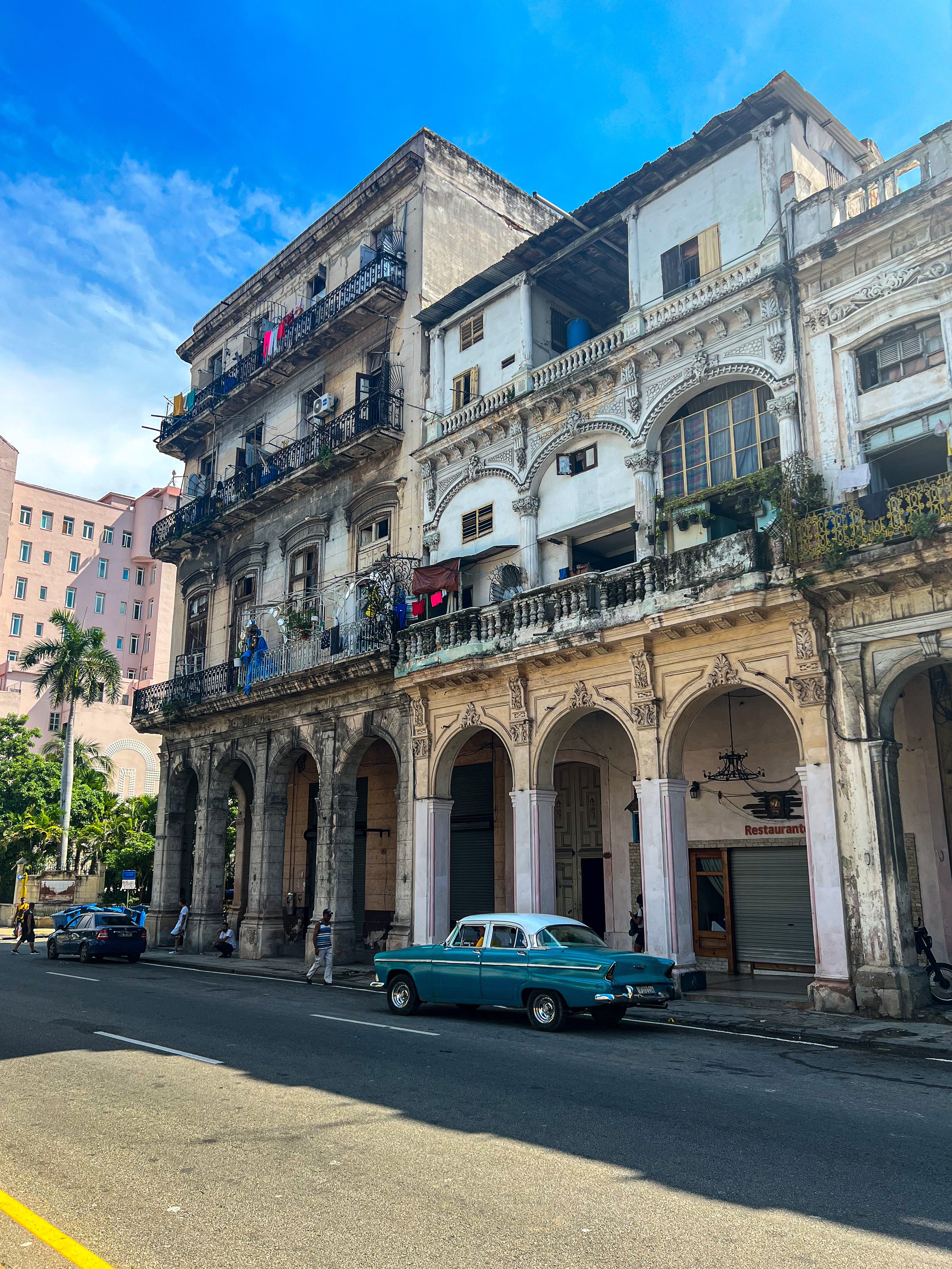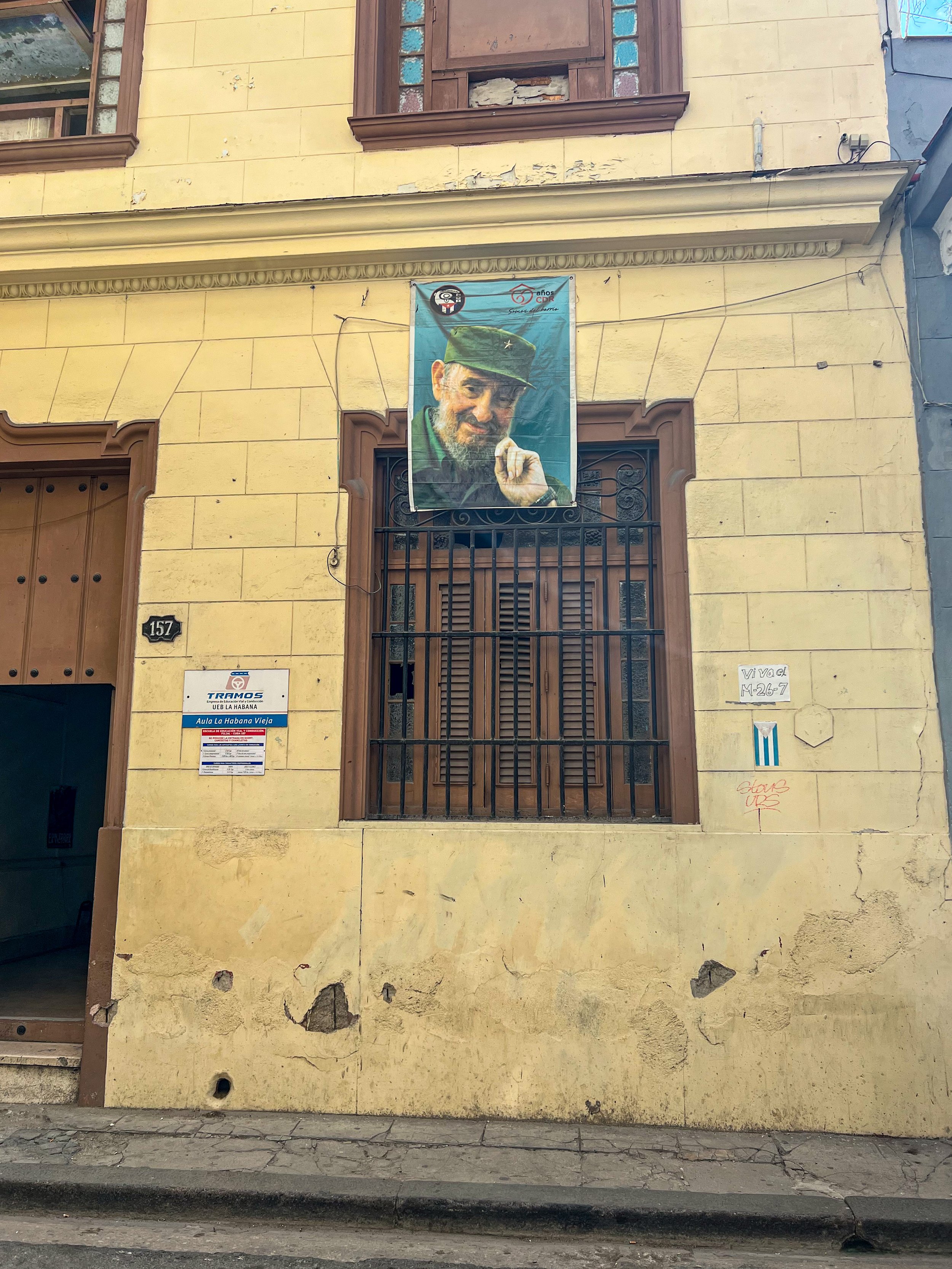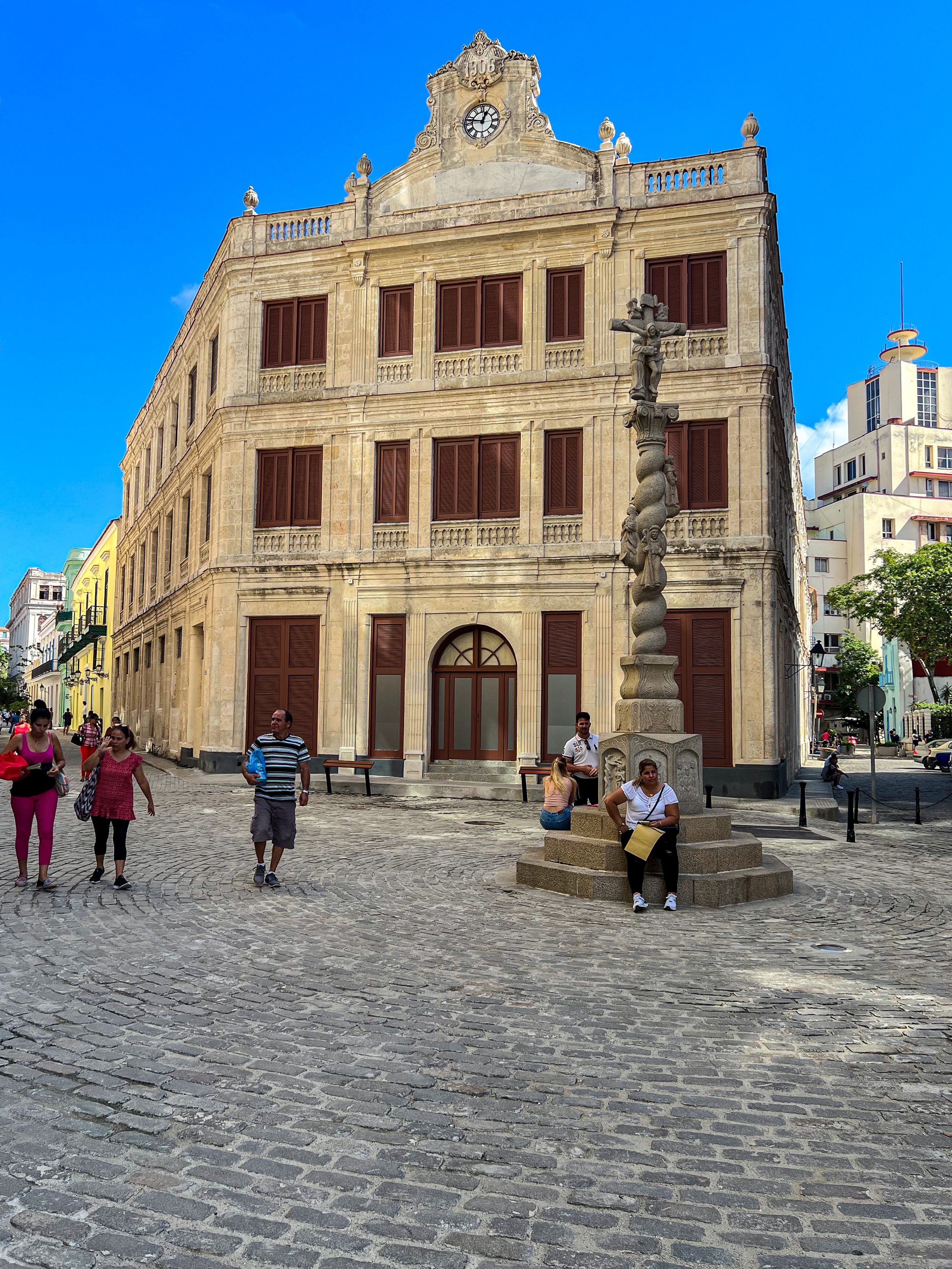An Adventure in Cuba
Aerial view of Cuba
Please note: This is a precursor to the actual tour that I took in Cuba. Another post will follow focusing specifically on the tour.
The last holiday that I took in the summer of 2023 was to Cuba. In the past, Cuba had been suggested to me, but I always put it off since I found the requirements on how an American can visit a bit confusing because some of the information was outdated. However, I ultimately found the process of getting there to be significantly easier than expected and nowhere near as difficult or as complicated as some people tended to make it out be.
Initially, I planned to travel to Cuba independently and do my own thing. However, the more I did my research, the more it became clear to me that it would be significantly easier to go with a tour, especially considering the particular challenges Cuba poses to American travelers. Ultimately, rather than travel to Cuba independently like initially planned, I opted to go on an eight-day tour that focused mostly on western Cuba. While I have always been somewhat split on doing package tours, I did not feel like having to deal with finding my own accommodation or transportation, especially since my Spanish skills, while not non-existent, is not up to par on being able to communicate particularly easily. Also, I wanted to have a more relaxing time and see the major sites in different places without needing to deal with the logistics of transportation and accommodation. The tour company I used was excellent and very responsive. They gave me step-by-step information about how to travel to Cuba as an American, and I did not encounter any problems.
On the day of my departure from the US, I had a layover in Fort Lauderdale, and it was here that I had to fill out the required tourist card at the departure gate. Upon arrival at the gate at Fort Lauderdale-Hollywood International Airport, I simply went to the check-in desk and was shown to a smaller desk to fill out a tourist card. The card was very simple and easy to complete, and it cost only $80 (cash only). Once I filled that out, I just then had to wait for the flight. The flight itself from Fort Lauderdale to Havana was quick and easy and because I did not check any bags, it did not take me long to get to immigration. However, at immigration at Jose Marti International Airport, the immigration officer at the desk told me to wait for someone to talk to me.
I was pulled to the side, and someone from the airport asked me a bunch of questions about my purpose in Cuba. Because Americans are not allowed to be in Cuba for "tourism," I explained that I was there to support the Cuban people by interacting with them and staying in private homes (this was all true). After some additional questions, such as the purpose of my visit, what kind of work I do, what cities I plan to visit, where I would stay, and how I would support the Cuban people, I was let go and soon met the driver who took me into Old Havana, which is where my accommodation was.
The ride into Havana was interesting, and it was the first time that I got to see the much-lauded classic cars on the roads. For those who do not know, Cuba is famous because of its many classic cars that are holdovers from before the US Embargo. As a result, the cars from the 1940s and 1950s that were previously imported from the US before the Cuban Revolution had to be maintained since it was not possible or out-of-reach to get more modern types of cars. While many of these cars, particularly in the tourist area of Havana, are used to show tourists the sites, there are just as many that are not in the best condition and are used for daily life. It was amazing to me that many of these cars were still operating decades after initially being shipped to Cuba. However, it is important to realize that many of these cars no longer use original parts and essentially use fabricated items or parts from other cars to continue running.
As an American, it is not permitted to stay in hotels since they are run by the Cuban government. Instead, it is permitted to stay in a casa particulare, which is basically a private home. Typically, you are given a room with air conditioning and en suite bathroom. The rooms themselves are fairly basic but comfortable. During this tour, all the accommodations were in private homes.
Upon arrival at the casa particulare in the heart of Old Havana, I was shown my room which was basic but comfortable with air conditioning. Prior to departure, I had opted to arrive a day earlier before the official tour and to stay a day after the tour ended in order to check out Havana since the tour did not spend much time in the city.
Even though it was the middle of the day, I did not feel ready to thoroughly explore old Havana since I was a bit tired from traveling and did not want to take a nap, or I would never be able to sleep at night. Instead, as I typically do when I first arrive a new location, I took a quick walk around the general area to get a feel for where things are. The location of the casa particulare had a very nice central location and was located very close to Havana Cathedral. After exploring around the general area to get a feel for the land, I decided to return back to the guest house and spent a good portion of the remainder of the afternoon and evening talking to the proprietor of the casa particulare in Spanish. As is well-known, my Spanish would not impress anyone, but I made sure to download the Spanish translator on my phone, so that definitely made it easier to communicate.
Wifi is not common in Cuba, and as to be expected, the casa particulare did not have internet connection. In fact, the only way that I was able to access the internet during my time in Cuba was to purchase an internet card that granted access to a public network in parks. However, since I was not entirely aware of how the process worked when I first arrived, my first night was without internet. Admittedly, come evening, it was a bit dull in the room since there was no TV, but I spent the time reading and reviewing Spanish so that I would be more prepared to communicate the next day during my first full day in Cuba.
The next morning, I had a filling breakfast of local fruits and some meat at the casa particulare. Once I finished breakfast, I went out to explore old Havana before the meeting of the tour group later that afternoon.
My impressions during my time exploring Old Havana was that while it certainly had a somewhat rundown look based on the condition of the buildings, there was a beauty that was present. As I was exploring, I saw many other tourists, but they were mostly from Europe or other Latin American countries. From what I could tell, there were not many other Americans around.
Havana is a large city, so I did not have the opportunity to explore everything, especially since I only had several hours. I did eventually have an opportunity to explore a bit more of Havana near the end of my tour, but I tell more about that in another blog entry since I stayed in a different part of Havana when the tour officially ended. However, I really enjoyed visiting Havana Cathedral and climbing the bell tower to get a view of the city. During this initial time, I just enjoyed walking around the streets of old Havana and seeing daily life. In a way, even though it was the 2020s, it did not feel like it there. If anything, it felt more like a time capsule, especially since a lot of items seemed out of place i.e. classic cars parked next to buildings that are starting to fall apart.
I will do another blog entry about more of Cuba since there is still much more to tell. Please stay tuned!
